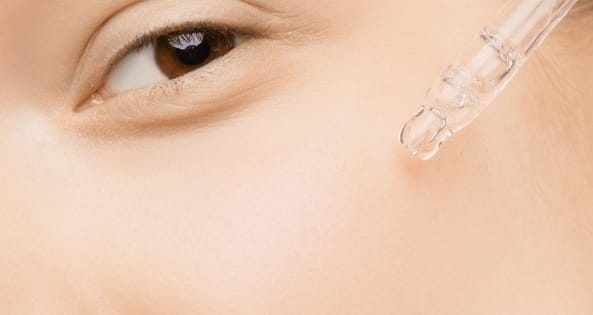The Melatonin Theory
- Studies show that the shorter days in winter led directly to SAD. When researches lengthened the photoperiod by exposing patients to bright light in the morning and evenings. Research was then focused on the secretion of melatonin and the effects thereof. Patients that suffer from SAD had increased duration of melatonin in early hours of the morning. This explains why these people find it difficult to wake up in the mornings. They were given drugs to block melatonin secretion and found that the symptoms of SAD were relieved.
The Phase-shift theory
- Patients who suffered from SAD had circadian rhythms which had fallen out of sync with the normal cycle.
- “Phase advanced” when the body releases melatonin to early in the morning.
- “Phase delayed” when the body continues to release melatonin for too long into the day.
- This abnormality occurs, with seasonal changes in light exposure where it disrupts normal functioning of the circadian clock.
Retinal hypersensitivity
- The retinas of people with SAD are more sensitive to light than those of controls, due to the dysfunction of the neurotransmitter. Which means people with SAD are hypersensitive to light.
Neuroimmune dysfunction
- In winter there is an elevation of the interleukin-6, a pro-inflammatory cytokine, in patients suffering from SAD. These cytokines cause more production of enzymes that deplete tryptophan from the blood. Thus serotonin deficiency in the brain – causing onset of depression. Where decreased levels of tryptophan may lead to an overactive immune system.
Low levels of neurotransmitters
- People with SAD and other depressive disorders, have low or abnormal levels of neurotransmitters that are important, this includes serotonin, acetylcholine and dopamine. People with SAD have levels of serotonin that vary from season to season, which explain why they crave carbohydrates during the winter season. Because serotonin helps with regulating feeding an satiety. Depending on the rate of production of serotonin in the brain, depends on the length of time you are exposed to bright sunlight, this decreases in the winter months.
- In depressed patients, a serotonin like drug is given to increase the activation of euphoria in them, but not during the summer months. Change in serotonin levels are also a result of low levels of vitamin D3.
- SAD patients who are not treated have lower concentrations of norepinephrine, than patients who don’t suffer from this disorder. These reduced levels may lead to hyper insomnia, want to sleep all the time. Low dopamine activity is also common in people who suffer from SAD.
A consultation with one of our health Renewal doctors is needed in order to provide clients with the best way forward. Our Health Renewal doctors travel between branches and are available in the following regions; Pretoria, Johannesburg, Kwa-Zulu Natal and the Western Cape.
Selective serotonin reuptake inhibitors
- Fluoxetine and Sertraline -2 antidepressants commonly used in the treatment of SAD. They produce more serotonin to interact with serotonin receptors. Fluoxetine reduces the melatonin levels in these patients, when other antidepressants elevate the melatonin levels. It is important to take these meds in the morning as it is considered the melatonin levels are reduced at the appropriate time.
Selective noradrenaline reuptake inhibitor
- Reboxitine – The FDA has denied the approval of this drug. Although it is used in the European countries, it has been shown to be effective in treating depression. Side effects are, dry mouth, and constipation mild in intensity.
Modafinil
- It’s a drug known to promote wakefulness, selectively by influencing the sleep-wake centres of the brain. It is also used in treating narcolepsy and major depressive disorder. It improves wakefulness and reduces fatigue.

